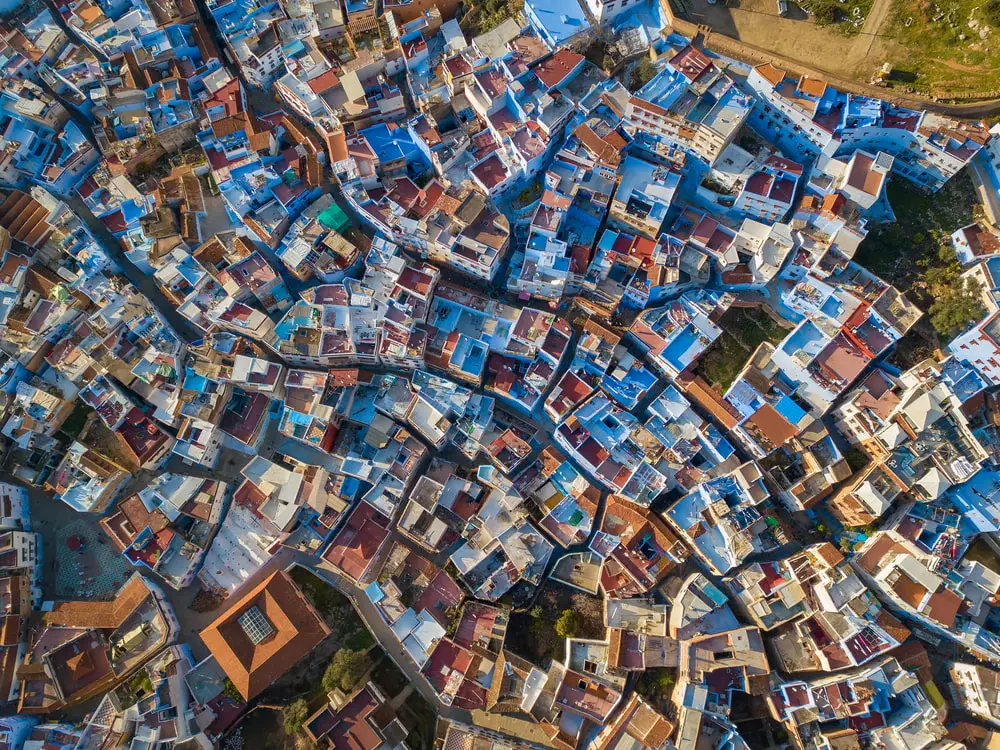

Data monitoring for rooftop adaptation to climate change
Roofscapes Studio
City of Paris, Île-de-France Region, ADEME, New European Bauhaus, MIT
The objective of this commitment is to use data to identify and reveal areas of thermal discomfort in urban environments and retrofit existing buildings, particularly roofs, to improve livability. Through monitoring and adaptation, Roofscapes aims to prevent buildings from overheating, lower energy consumption, and enhance overall comfort and well-being for urban residents by creating more sustainable, climate-resilient cities.
Urban environments are facing increased thermal discomfort due to global warming and the urban heat island effect. Dense cities like Paris are particularly vulnerable, with rooftops and buildings absorbing and amplifying heat, which results in uncomfortable living conditions. Roofscapes aims to tackle this issue by using data to measure thermal discomfort and implement climate-adaptive solutions for buildings, turning all types of roofs into livable, green spaces that reduce overheating.
Roofscapes commits to using data-driven strategies to address the rising issue of thermal discomfort in urban areas, focusing specifically on rooftops. By deploying sensors on roofs, the project will collect real-time data on rooftop temperatures. This data will then be used to guide retrofits, including the installation of green and accessible timber platforms, which mitigate heat and provide additional outdoor space for residents.
Key activities include:
- Thermal mapping: Collect and analyze data on rooftop heat levels across buildings to identify "hot zones."
- Retrofitting rooftops: Adapt buildings by integrating green, shaded roofs that help cool the structure, improve rainwater retention, and reinforce urban biodiversity.
- Community engagement: Work with building users and local authorities to ensure the retrofits meet social and environmental needs.
The intended outcomes are reduced rooftop and interior temperatures, lower energy consumption due to less reliance on air conditioning, increased biodiversity in urban spaces, and improved water retention. Roofscapes also aims to make this data available to help inform similar efforts across other cities.
Roofscapes will monitor the progress of the commitment by tracking temperature reductions on rooftops and inside buildings, using before-and-after data from the sensors installed. Metrics such as temperatures will be recorded. Additionally, surveys will be conducted to gauge the comfort levels of residents post-retrofit. Progress reports will be created annually to evaluate the effectiveness of the interventions and adapt future strategies accordingly.
